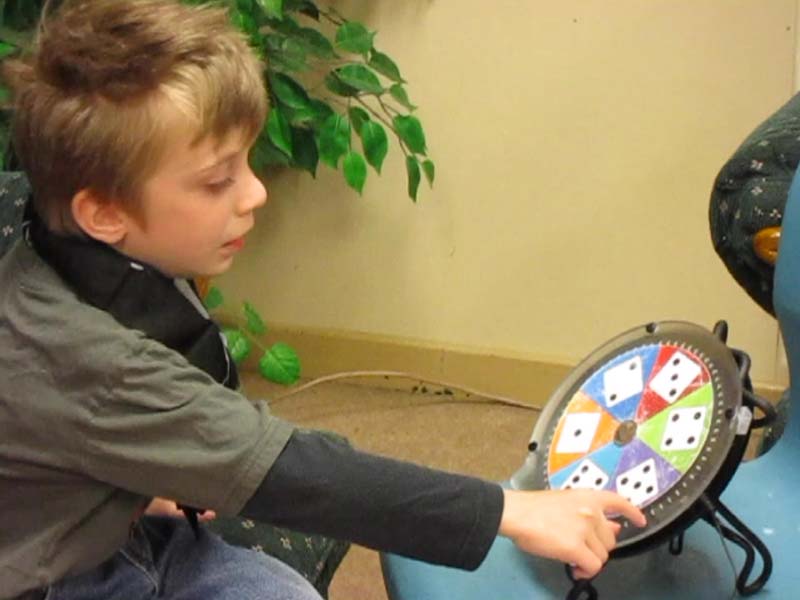Module 2: Defining Inclusion
INvolving
Involving students with complex needs in activities with peers in the classroom is a learning opportunity for everyone involved. Students can work toward their goals as specified in their IEP by learning in context of what other students are learning. Involvement is a significant step up from being invited.
Reflect on the following wedding example: Receiving an invitation to a wedding means that the invitee has some responsibilities such as responding to the invite, selecting an outfit to wear, showing up on time to the ceremony and reception, purchasing a gift, and having a good time. However, if you are involved in the wedding, such as being in the wedding party, you have all the same responsibilities as the invitee as well as additional ones. These could include assisting the bride or groom with wedding planning, participating in bachelor and bachelorette parties, rehearsal dinners, and standing beside the couple on the wedding day. The inviting of a student with complex needs is the first step, but the work begins with involving the student in the general activities of the class while incorporating learning objectives from their IEPs.
Similar to the principle of inviting, there are opportunities to involve students with multiple disabilities. Please look at the table below for opportunities for involving the student with complex needs to belong:

| Challenge | Impact |
|---|---|
| Preplan opportunities | Active participation is key to involving students with complex needs. Preplanning means reviewing the curriculum for learning opportunities where all students can participate. |
| Matching IEP skills | The IEP is designed to assist the development of skills for students with complex needs. Skill development is more meaningful if it matters and if it is carried out in the context of the general classroom learning. Matching skill development in the IEP to classroom activities generates opportunities for involving. |
| Believing the student is a learner | Believing the student is a learner means no explanation is needed as to why the student is involved. Membership is a given. |
| 1 to 1 support | Educational assistants play a central role in supporting the care and education of students with complex needs. The key opportunity in having 1:1 support is that someone is always present to facilitate the formation of natural relationships with classmates. The facilitator role requires great flexibility. Knowing when to nudge and encourage, as well as knowing when to back off and let the natural process take over. |
| Stay in supports | Supports provided by nurses, SLPs, OTs, and PTs can be essential components of the student with complex needs' educational program. These supports can provide opportunities to involve students in general classroom activities. For example, involving a student who has stretching exercises in gym class to occur at the same time as their peers stretching. |

Case Example: Ernie
Ernie’s IEP objective was learning how to activate a switch to participate in group activities. We involved him in a Grade 3 math group activity using a switch operated spinner.
Students in the math group were learning about step counting. Ernie’s role in the activity was to activate the switch and choose the number students would count by. The spinner had a round overlay that was customizable using a dry erase marker. We divided the overlay into sections and wrote in a number. For example, a 1, 2, or 3 in each section. When Ernie activated the switch, an LED light raced around the circle and stopped in a section with a number. If the spinner pointed to 3, the student whose turn it was would count by 3s.


What are some things you could do to facilitate more active involvement for your student(s)?